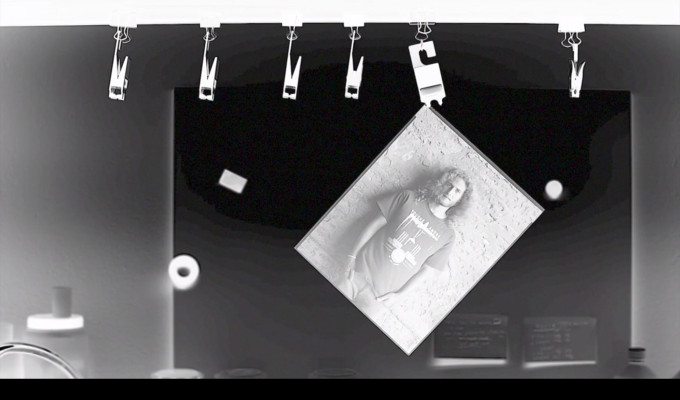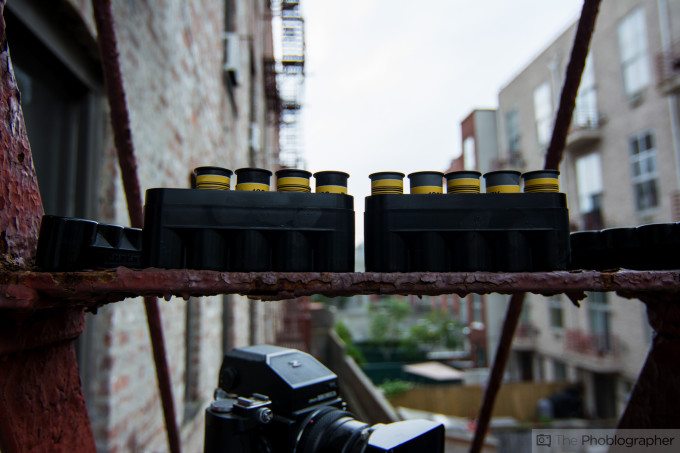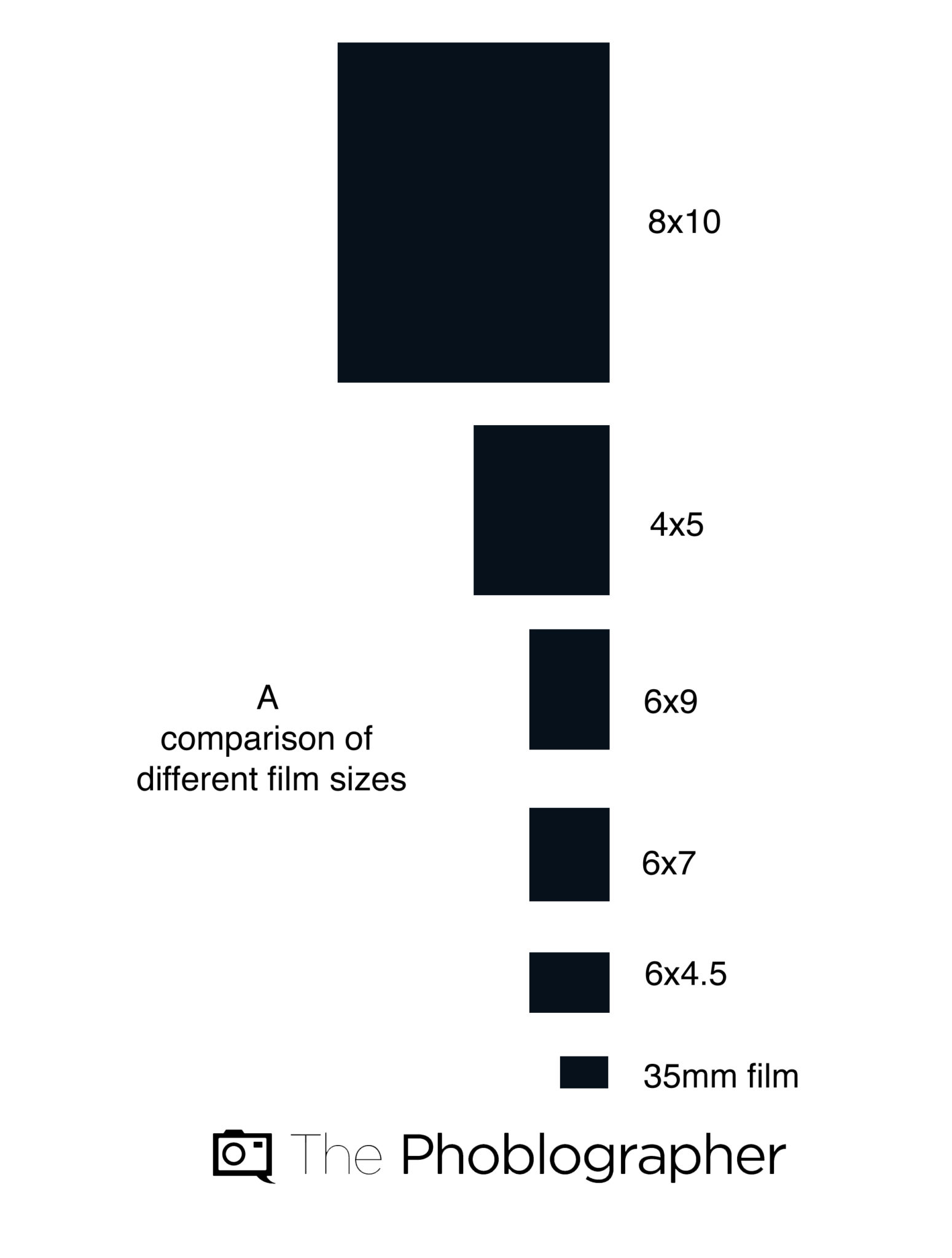Photographers who shoot smaller formats like Micro Four Thirds and APS-C always aspire to one day shoot full frame 35mm. Why? The quality just looks better. If you’re a 35mm sensor or camera user, you probably aspire to shoot with medium format for the same reason. And again, the same reason applies to going from medium format to large format. In the photography world, bigger is quite usually better.
But what makes it better? To figure this out, I talked to reps at both Kodak Alaris and Fujifilm USA.
“In photography, if all things are equal – including the type of film (e.g: Velvia 50), the camera and lens selection and the degree of enlargement – the imaging result would be the same.” says Justin Stailey, Sr. Product Manager, FUJIFILM North America Corp. “However, if the resulting image is a standard size for all three film formats, then we see the effect of the degree of enlargement.” Basically, he says that it only really happens with larger formats.
Kodak, however, says something a bit different. “Actually, the dynamic range and color gamut are the same in all film formats.” is what Kodak tells Audrey A. Jonckheer, Director of Worldwide Public Relations for the Imaging Division. “The only difference in larger format is the size of the negatives.” Kodak continued to state that it is important to remember that to get an 8×10 print from an 4×5 negative, you only need to magnify it 2x, versus 4.4x for a 6×6 (square format) 120 film, and 8.8x for a 135 negative. To that end, prints from the larger formats tend to look better because they’re blown up less in proportion. “Images captured with a high end 35mm camera often exhibit the best image quality, because the lenses are typically sharper.”
So let’s look at the formats.
Now that we’ve got that in mind, let’s run with this logic.
- If you were to print a 60 inch by 42 inch image, the large format image would need to be enlarged less than a 35mm film image would due to its size and its task to fill the space.
- If you were to print a 60 inch by 42 inch image, the 35mm format image would need to be enlarged even more to fill the space. Why? It’s a smaller format.
So what does this all mean?
If you’re printing an 8×10 image, then a 35mm film format image will have a bit of degradation because of the size. But if you’re printing an 8×10 image of an 8×10 piece of film, you’re not blowing it up at all–so it’ll be at its fullest quality.
Then there are other obvious things like depth of field, bokeh, lens coatings, etc. Full frame 35mm film cameras have lenses that are technologically the most advanced so far, so that can give them an edge in some ways.




